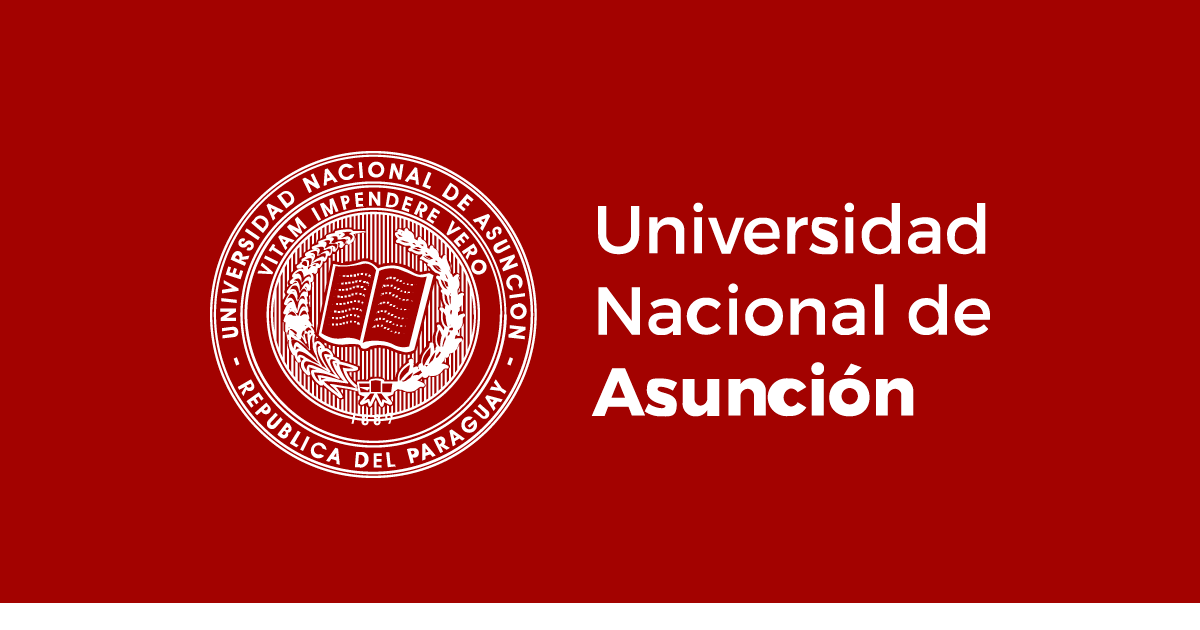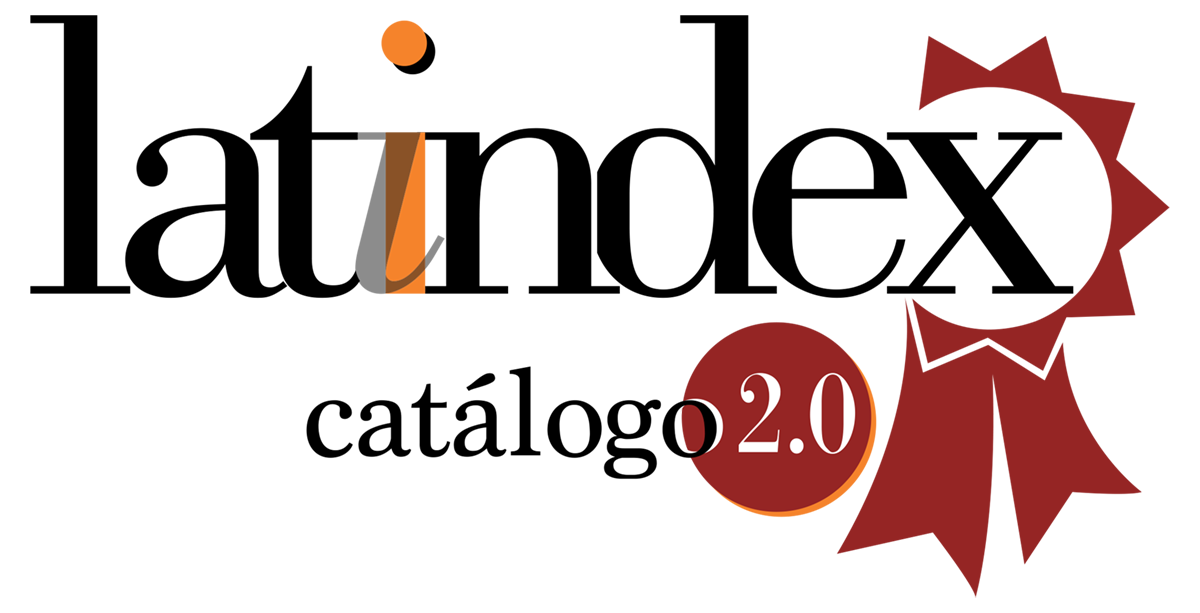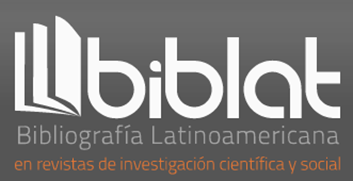First survey of fungi isolated from soils and pest insects associated with organic plantations of industrial hemp (Cannabis sativa L.) in Paraguay
DOI:
https://doi.org/10.57201/IEUNA2313332Keywords:
agroecosystem, management, organic, Paraguay.Abstract
The cultivation of Cannabis sativa has gained importance in recent years in Paraguay and other Latin American countries where legal regulations allow its cultivation for medicinal use, as fiber, and also as food. Since several companies apply the organic cultivation model to guarantee quality and certify their product, it is necessary to study biological control alternatives that guarantee sustainable agriculture. In this study, microorganisms present in the soil of Cannabis sativa cultivation and those that infected pests found on the plant were isolated and identified. The serial dilution method was used to isolate microorganisms from the soil and direct seeding on specific culture media to isolate them from the bodies of pest insects. The isolated genera from the soil were Rhizopus, Aspergillus, Absidia, Alternaria, Mucor, Penicillium and Fusarium; the isolated genera from pest insects were Cladosporium, Alternaria, Aspergillus, and Fusarium. This study is the first report on fungi in soils and pest insects in industrial hemp cultivation in Paraguay.
Downloads
References
Álvarez Beauchamp, M. H. (2022). Adaptabilidad y desempeño del cañamo industrial (Cannabis sativa L.) y cuantificación de los principales cannabinoides.
Borges, L. (2007). Eficiência de Beauveria bassiana (bals.) vuill. (Deuteromycota) para o controle de Hedypathes betulinus (Klug) (Coleoptera: Cerambycidae) em erva-mate, Ilex paraguariensis St. Hil. (Aquifoliaceae) [Tesis Doctoral]. Universidad Federal de Paraná.
Clifton, E. H., Jaronski, S. T., Hodgson, E. W., & Gassmann, A. J. (2015). Abundance of Soil-Borne Entomopathogenic Fungi in Organic and Conventional Fields in the Midwestern USA with an Emphasis on the Effect of Herbicides and Fungicides on Fungal Persistence. PLOS ONE, 10(7), e0133613. https://doi.org/10.1371/journal.pone.0133613
García-García, M. A., Cappello García, S., Lesher Gordillo, J. M., & Molina Martínez, R. F. (2011). Aislamiento y caracterización morfológica de los hongos entomopatógenos Beauveria bassiana y Metarhizium anisopliae. Horizonte Sanitario, 10(2), 21–28. http://www.redalyc.org/articulo.oa?id=457845138002
Gonzalez, E., Martinez, C., Castrillo, M., Fonseca, M., Zapata, P., & Villalba, L. (2013). Optimización del protocolo para el aislamiento de hongos de pudrición blanca.
Gwinn, K. D., Hansen, Z., Kelly, H., & Ownley, B. H. (2022). Diseases of Cannabis sativa Caused by Diverse Fusarium Species. Frontiers in Agronomy, 3(January), 1–17. doi.org/10.3389/fagro.2021.796062
Humber, R. (1997). Fungi: Preservation of cultures. In L. A. Lacey (Ed.), Manual of Techniques in Invertebrate Pathology (Second Ed., pp. 317–328).
Jaronski, S. T. (2010). Role of fungal ecology in the inundative use of entomopathogenic fungi. BioControl, 55, 159–185.
Jerke, G., Horianski, M. A. ;, Castrillo, M. L., & Chade, M. E. (2019). Guía de prácticas de laboratorio 1° cuatrimestre / 2da. Ed. Cátedra de Microbiología e Inmunología.
Jerushalmi, S., Maymon, M., O’Donnell, K., & Freeman, S. (2022). Members of the Fusarium oxysporum Complex Causing Wilt Symptoms in Medical Cannabis in Israel, Italy, and North America Comprise a Polyphyletic Assemblage. 106(10), 2656–2662. https://doi.org/10.1094/PDIS-01-22-0155-RE
Jimenez Lara, A. D. (2022). Alternativas de manejo para la araña roja (Tetranychus urticae), en el cultivo de cáñamo (Cannabis sativa). http://dspace.utb.edu.ec/handle/49000/11331
Johns, L. E., Goldman, G. H., Ries, L. N. A., & Brown, N. A. (2021). Nutrient sensing and acquisition in fungi: mechanisms promoting pathogenesis in plant and human hosts. Fungal Biology Reviews, 36, 1–14. https://doi.org/10.1016/j.fbr.2021.01.002
Mendoza-Léon, D., Dobronski-Arcos, J., Vásquez-Freytez, C., Frutos-Pinto, V., & Paredes-Carreño, S. (2019). Control de Tetranychus urticae Koch (Acari: Tetranychidae) con Bacillus subtilis en hojas de fresa (Fragaria vesca). Agronomía Costarricense, 43(1), 125-133.
Pacheco Hernández, Ma. de L., Reséndiz Martínez, J. F., & Arriola Padilla, V. J. (2019). Organismos entomopatógenos como control biológico en los sectores agropecuario y forestal de México : una revisión Entomopathogenic organisms for pest control in the mexican agriculture , livestock and forest sectors : a review Introducción El uso indiscr. Revista Mexicana de Ciencias Forestales, 10(56), 1–32.
Prohibition Partner. (2022). Paraguay Reigns Over the Latin American Hemp Market. https://prohibitionpartners.com/2022/09/28/paraguay-reigns-over-the-latin-american-hemp-market/
Reuters. (2023). Paraguay marijuana festival sets high hopes for legalization. https://www.nasdaq.com/articles/paraguay-marijuana-festival-sets-high-hopes-for-legalization
Rupasinghe, H. P. V., Zheljazkov, V. D., Davis, A., Kumar, S. K., & Murray, B. (2020). Industrial Hemp (Cannabis sativa subsp. sativa) as an Emerging Source for Value-Added Functional Food Ingredients and Nutraceuticals. Molecules, 25(Figure 1), 1–24.
Silva Guerra, D. M., Duarte Pires, A. P., & Alves Lima, E. A. de L. (2009). Persistence of Metarhizium anisopliae spp. in soil under different conditions of temperature and humidity. Revista Caatinga, 22(2).
Sunoj Valiaparambil Sebastian, J., Dong, X., Trostle, C., Pham, H., Joshi, M. V., Jessup, R. W., Burow, M. D., & Provin, T. L. (2023). Hemp Agronomy: Current Advances, Questions, Challenges, and Opportunities. Agronomy, 13(2), 1–26. https://doi.org/10.3390/agronomy13020475
Vänninen, I. (1996). Distribution and occurrence of four entomopathogenic fungi in Finland: effect of geographical location, habitat type and soil type. Mycological Research, 100(1), 93–101. https://doi.org/10.1016/S0953-7562(96)80106-7
Yaginuma, K. (2007). Seasonal Occurrence of Entomopathogenic Fungi in Apple Orchard Not Sprayed with Insecticides. Japanese Journal of Applied Entomology and Zoology, 51(3), 213–220. https://doi.org/10.1303/jjaez.2007.213
Zheljazkov, V. D., Sikora, V., Noller, J., Latkovi, D., Ocamb, C. M., & Koren, A. (2023). Industrial Hemp (Cannabis sativa L.) Agronomy and Utilization: A Review.
Published
How to Cite
Issue
Section
License
Copyright (c) 2023 Claudia Elena Gonzalez (Autor/a); David Santiago Gayoso, Alan Salinas, Gustavo A. Bich, María Lorena Castrillo

This work is licensed under a Creative Commons Attribution 4.0 International License.
















